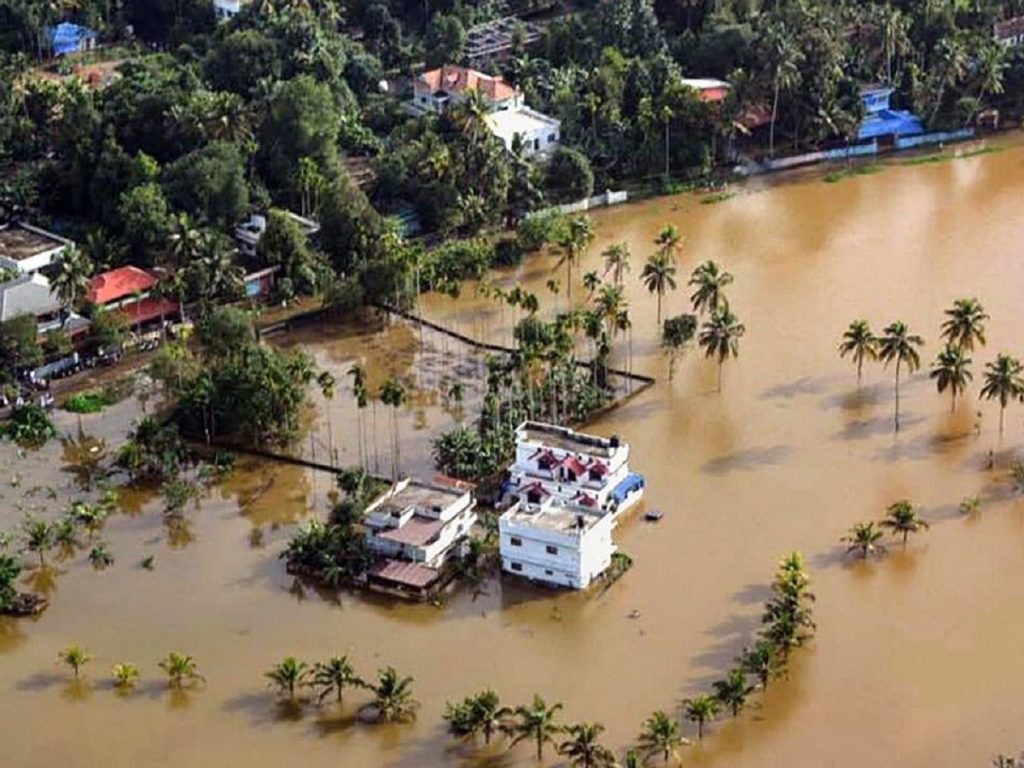An accident destroyed the reactor (Chernobyl 4) and, killed 30 operators and firemen within three months and several further deaths later. One person was killed immediately and a second died in hospital soon after as a result of injuries received. Another person is reported to have died at the time from a coronary thrombosis. Acute radiation syndrome (ARS) was originally diagnosed in 237 people onsite and involved with the clean-up and it was later confirmed in 134 cases. Of these, 28 people died as a result of ARS within a few weeks of the accident. Nineteen more workers subsequently died between 1987 and 2004, but their deaths cannot necessarily be attributed to radiation exposure. Nobody offsite suffered from acute radiation effects although a significant, but uncertain, fraction of the thyroid cancers diagnosed since the accident in patients who were children at the time are likely to be due to intake of radioactive iodine fallout. Furthermore, large areas of , Ukraine, Russia, Belarus and beyond were contaminated in varying degrees.
The Chernobyl disaster was a unique event and the only accident in the history of commercial nuclear power where radiation-related fatalities occurred. The design of the reactor is unique and in that respect the accident is thus of little relevance to the rest of the nuclear industry outside the then Eastern Bloc. However, it led to major changes in safety culture and in industry cooperation, particularly between East and West before the end of the Soviet Union. Former President Gorbachev said that the Chernobyl accident was a more important factor in the fall of the Soviet Union than Perestroika – his program of liberal reform.
The Chernobyl plants
The Chernobyl Power Complex, lying about 130 km north of Kiev, Ukraine, and about 20 km south of the border with Belarus, consisted of four nuclear reactors of the RBMK-1000 design. Units 1 and 2 were constructed between 1970 and 1977, while units 3 and 4 of the same design were completed in 1983. Two more RBMK reactors were under construction at the site at the time of the accident. To the southeast of the plant, an artificial lake of some 22 square kilometres, situated beside the river Pripyat, a tributary of the Dniepr, was constructed to provide cooling water for the reactors.
CTD..NEXT EDITION




